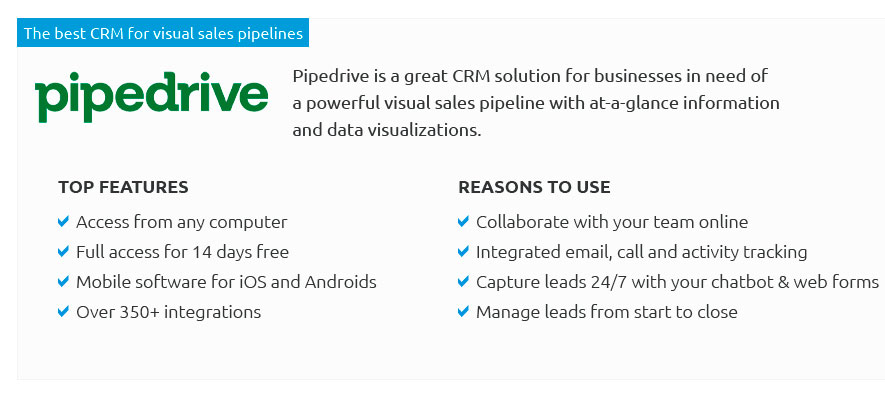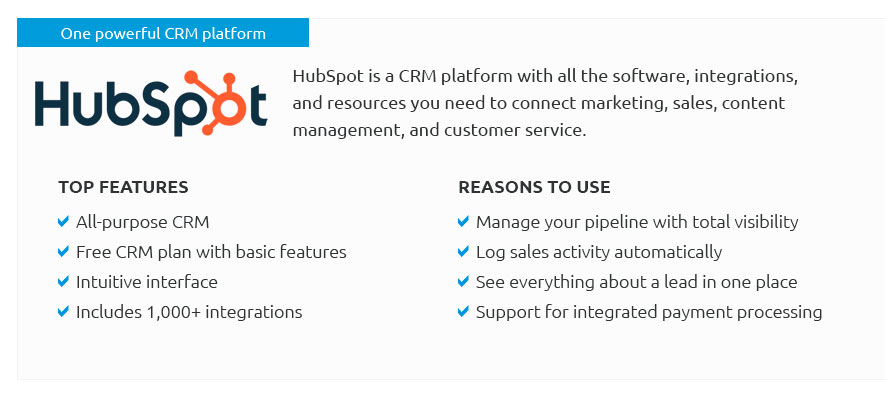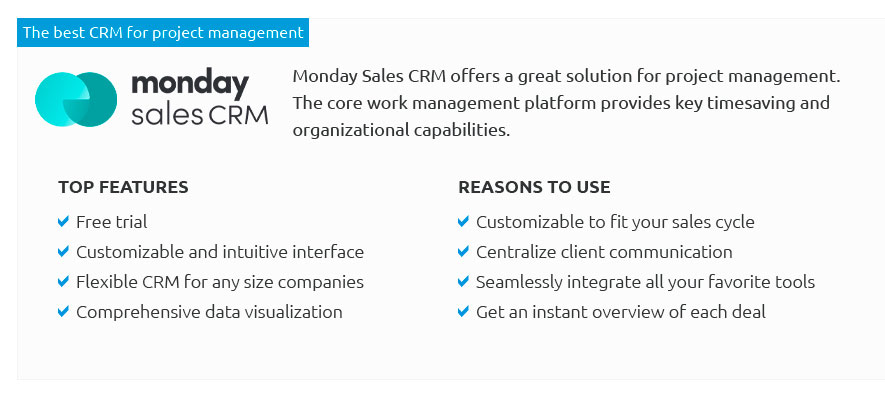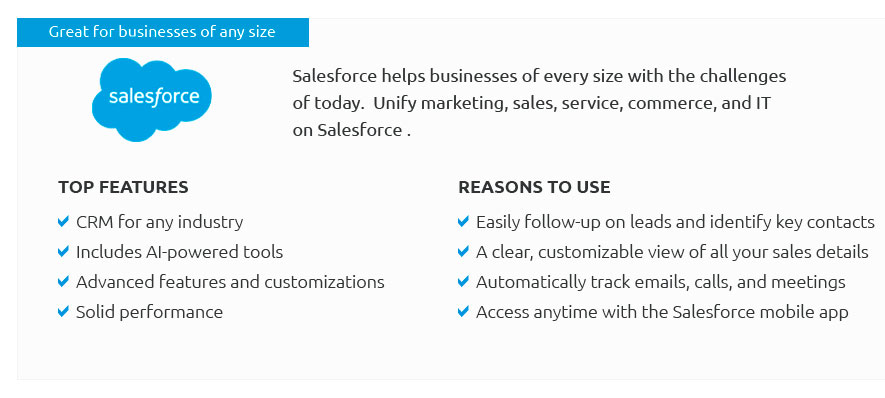 |
 |
 |
 |
 |
|
 |
|
 |
|
 |
|
 |
|
 |
|
 |
 |
|
3ayhje9v5u Discover the ultimate guide to CRM software review and uncover the best CRM platforms that can transform your business dynamics; delve into the nitty-gritty of CRM pricing to ensure you're making an informed decision that aligns perfectly with your budget and strategic goals; elevate your customer relationship management to new heights with insights that blend expert analysis and real-world user experiences, all crafted to help you navigate the CRM landscape with confidence and clarity, setting you miles ahead of the competition.
https://www.bigcontacts.com/blog/crm-pricing/
4. Keap CRM - Pro The plan costs $129/month and works best for growing businesses with dynamic needs. - Max Go for the Max plan, priced at ... https://www.zoho.com/crm/zohocrm-pricing.html
Free trial. No credit card required. Flexible contracts. Straightforward pricing, no lock-ins. Minimal learning curve. 50% faster implementation. https://www.pipedrive.com/en/pricing
On-premises setups usually have higher upfront costs. Some CRM providers charge users for implementation. If you choose Pipedrive, implementation is free when ...
|